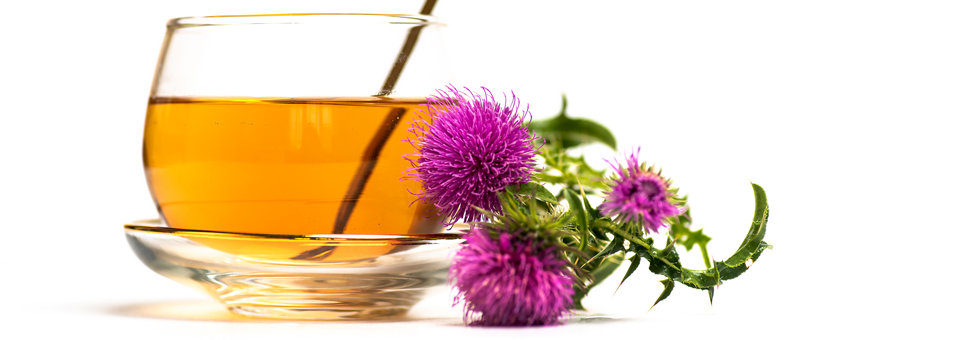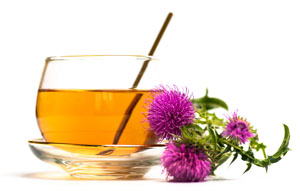
Your body is constantly bombarded by toxins that leave your skin dull, discolored and looking older than it should. I see it all the time in patients at the Sears Institute for Anti-Aging.
This “sick-skin syndrome” is the result of living in our modern world full of manmade pollutants. These chemicals penetrate the deepest layers of your skin, preventing blood flow from delivering healing oxygen and nutrients where they’re needed.
Before long, your skin cells can no longer renew themselves. Healthy skin cells should completely replace themselves every six to eight weeks. But air pollution exposure activates multiple pathways of inflammation. This results in:
- An overproduction of pigment, leading to age spots1
- Enlarged blood vessels that cause increased redness and rosacea2
- Excess sebum that leads to oily skin and acne outbreaks3
- An unbalanced skin microbiome, leaving your face vulnerable to bad bacteria4
- Chronic inflammation that causes skin enzymes to remove more collagen than your skin can create5

To reverse the damage caused by our toxic environment and restore your natural glow, you have to get rid of the toxins that have built up in your body.
But harsh, powerful cleansers aren’t the answer…
In fact, they contribute to the problem. You see, most skincare products on the market are loaded with chemicals like parabens, carcinogens and gasoline distillates that can harm your skin and your health.
To get rid of this toxic buildup, you need to flush these skin-destroying toxins from your body and your skin. I recommend one spice to do both … milk thistle.
Fight skin aging inside and out with milk thistle
Milk thistle (Silybum marianum) is a member of the daisy family and its power comes from an antioxidant called silymarin. It’s one of the best herbs I’ve found for clearing toxins from your blood. It’s also an excellent way to detox your liver and banish pesticides and particulates from your body.
Studies show that silymarin strengthens cell walls against invaders and stimulates enzymes that combat toxins. It also defends against “free radicals,” biochemical byproducts that can damage cells.
I like making a tea from milk thistle seeds. Here’s the recipe I use:
Ingredients:
- 1 teaspoon milk thistle seeds, finely ground
- 1 cup water
- 1 teaspoon honey
Directions:
- Bring water to a boil. Remove from heat.
- Add milk thistle and steep for 20 minutes.
- Strain using a fine mesh strainer. Add honey and enjoy.
Of course, you can always supplement. Look for dried milk thistle extract. But make sure it has at least of 80% silymarin, the active ingredient for liver cleansing. I recommend taking one 200 mg capsule twice daily.
Milk thistle fights free radical damage to improve
skin discoloration and premature aging.
I also recommend using milk thistle directly on your skin. It fights the free radicals that lead to age spots and skin aging. Two recent studies found that milk thistle can also improve inflammatory skin damage6 and provide anti-aging effects on skin cells.7
 |
Ingredients:
- 1 teaspoon milk thistle seeds, ground
- 1 teaspoon extra virgin olive oil
- 1 teaspoon honey
Directions:
- Mix all the ingredients in a small bowl.
- Massage into your skin using a circular motion.
- Let sit 15 minutes, then gently remove with a warm washcloth.
To Your Good Health,![]()
Al Sears, MD, CNS
1. Huls A, et al. “Traffic‐related air pollution contributes to development of facial Lentigines: further epidemiological evidence from Caucasians and Asians.” J Invest Dermatol .2016; 136: 1053–1056.
2. Yamasaki K, et al. “TLR2 expression is increased in rosacea and stimulates enhanced serine protease production by keratinocytes.” J Invest Dermatol. 2011;131:688-697.
3. Dreno B, et al. “The influence of exposome on acne.” J Eur Acad Dermatol Venereol. 2018; 32: 812–819.
4. Gueniche A, et al. “Lactobacillus paracasei CNCM I-2116 (ST11) inhibits substance P-induced skin inflammation and accelerates skin barrier function recovery in vitro.” Eur J Dermatol. 2010;20(6):731-737.
5. Drakaki E, et al. “Air pollution and the skin.” Front Environ Sci. 2014. https://doi.org/10.3389/fenvs.2014.00011
6. Liu W, et al. “Potent inhibitory effect of silibinin from milk thistle on skin inflammation stimuli by 12-O-tetradecanoylphorbol-13-acetate.” Food Funct. 2015 Dec;6(12):3712-9.
7. Mamalis A, et al. “The active natural anti-oxidant properties of chamomile, milk thistle, and halophilic bacterial components in human skin in vitro.” J Drugs Dermatol. 2013 Jul 1;12(7):780-4.








